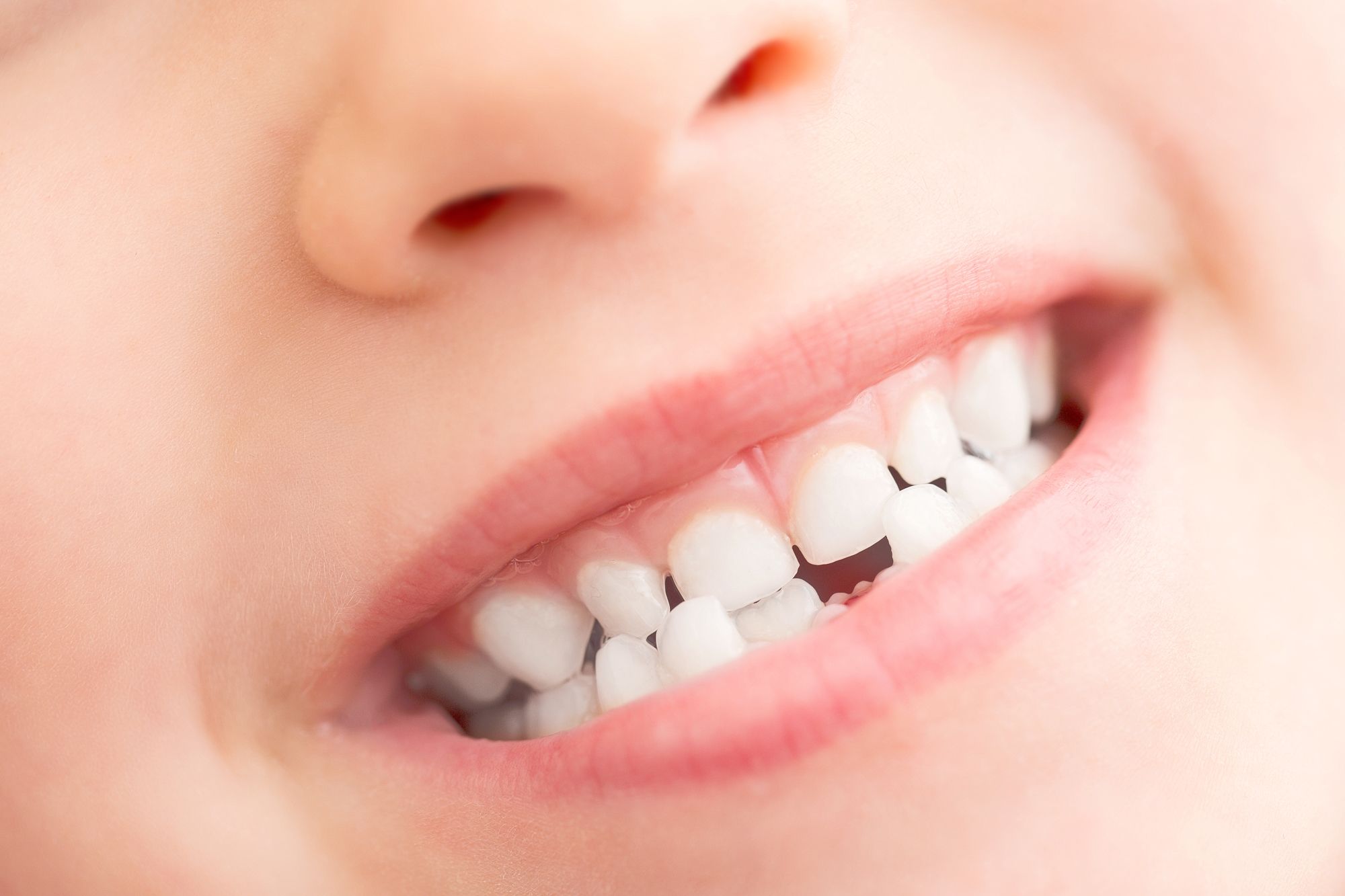Research from the University of Kent Demonstrates Biorhythm in Teeth Linked to Weight Gain
A team of researchers found that biorhythms in the milk teeth were linked to weight gain and growth during adolescence, providing insight on potential complications in adulthood.
Research from the University of Kent Demonstrates Biorhythm in Teeth Linked to Weight Gain. Photo courtesy of Nikolay N. Antonov/stock.adobe.com.

Researchers at the University of Kent and internationally have discovered a link between the biorhythm in primary ‘milk’ molars and physical growth during childhood. The study asserts that faster dental biorhythms produced smaller weight gains.
This research found that adolescents with a 5- or 6-day cycle of biorhythm both weighed less and gained less weight when compared to adolescents with a slower biorhythm. This research was led by Dr Patrick Mahoney at Kent’s School of Anthropology and Conservation.
“This research is an exciting first step,” Dr Mahoney said in a press release pertaining to the study results. “The next step is to determine if the link we have discovered extends to related adverse health outcomes for adults. Potentially, milk teeth may hold a record of this information many years before those outcomes can manifest in adults.”
These outcomes include obesity and complications in adulthood, as this research explores the link between overweight children and risks further down the line, according to histologist Dr Gina McFarlane.
“Our findings provide a new avenue from which to explore links between overweight children and adult health risks,” Dr McFarlane said in the press release. “Milk teeth are naturally exfoliated during the childhood years. These discarded teeth contain precise information about a fundamental growth rhythm that we now know tracks adolescent weight gain.”
This research was funded by the Leverhulme Trust and was published by Nature’s Communications Medicine.